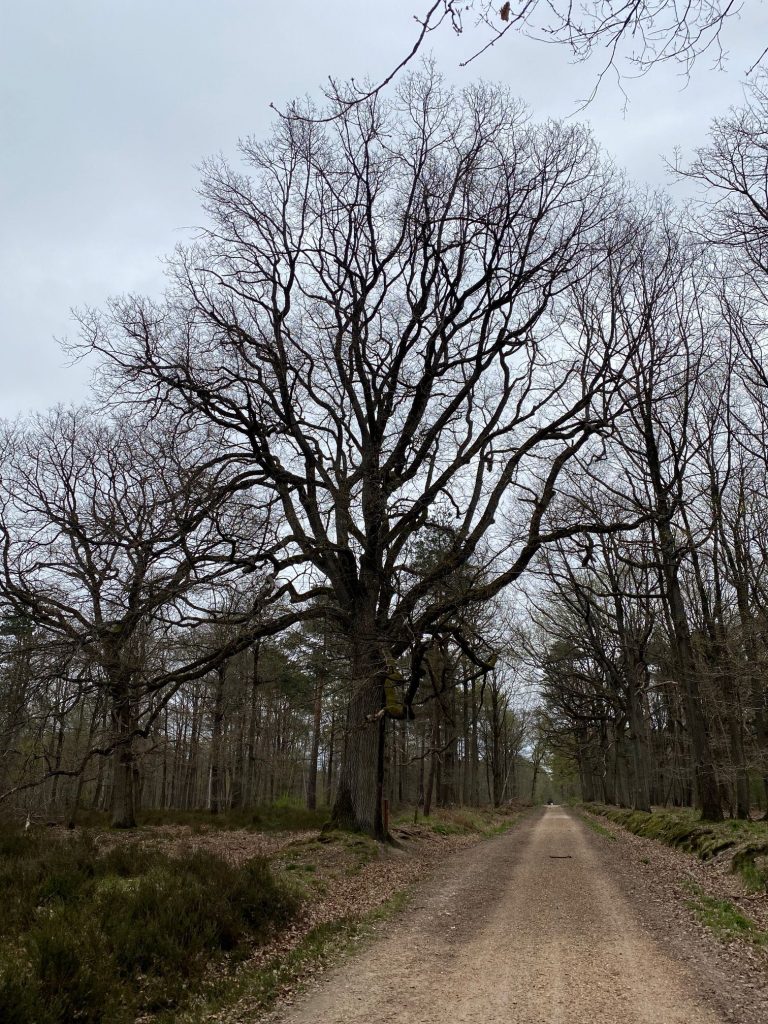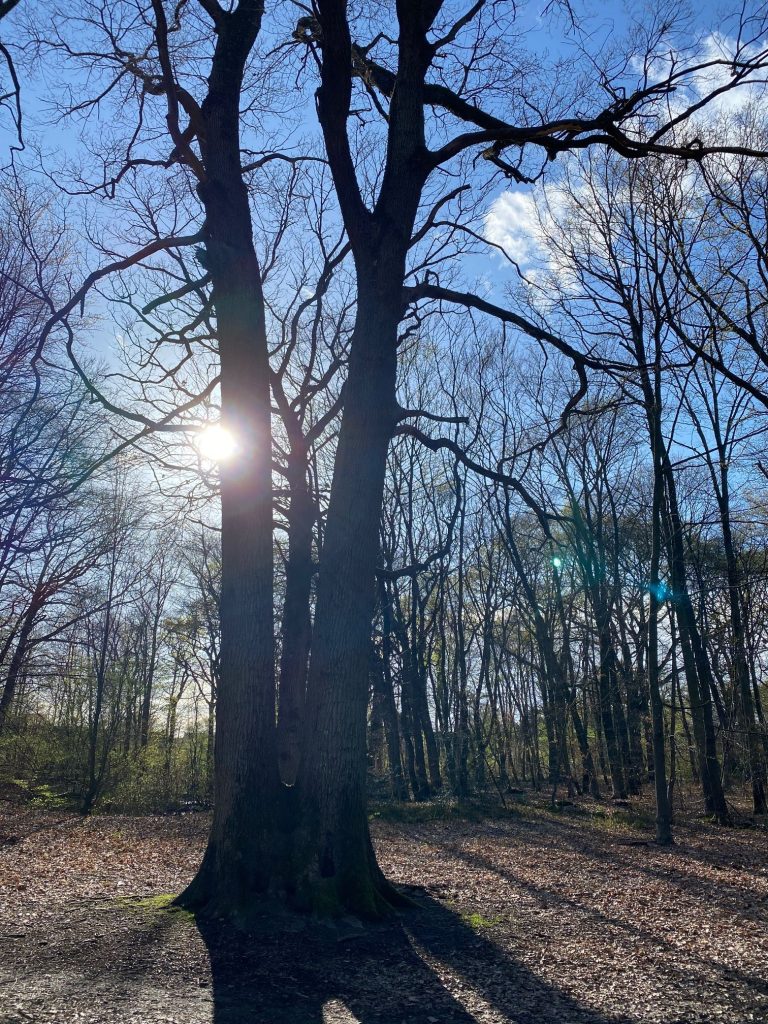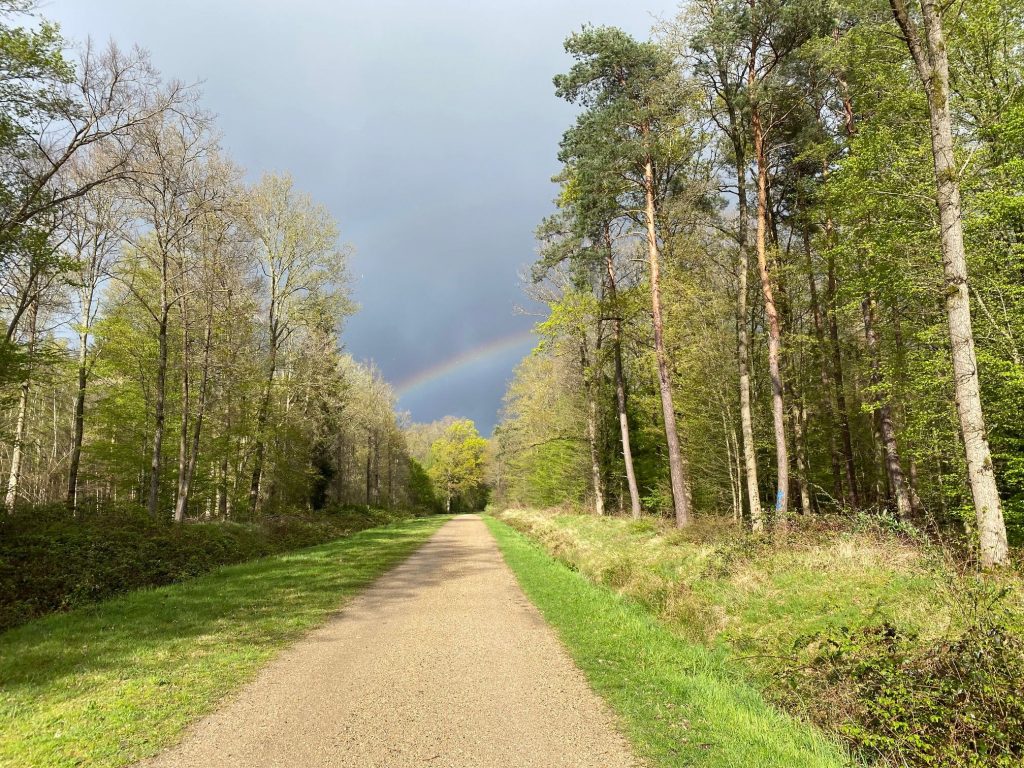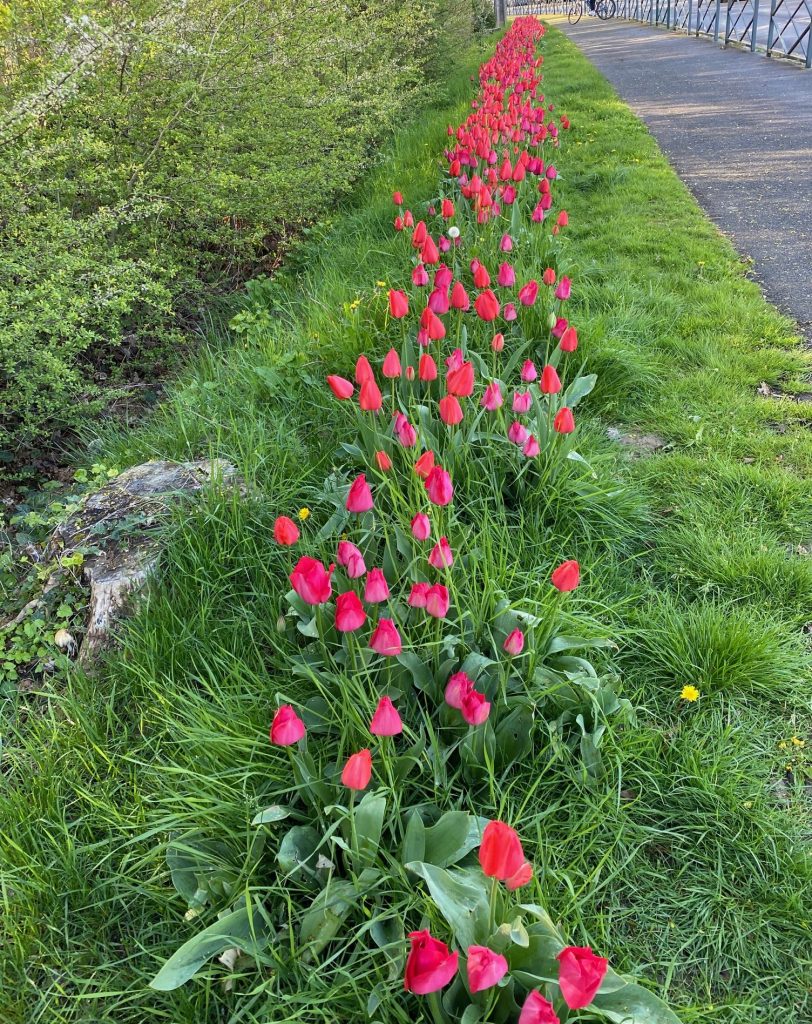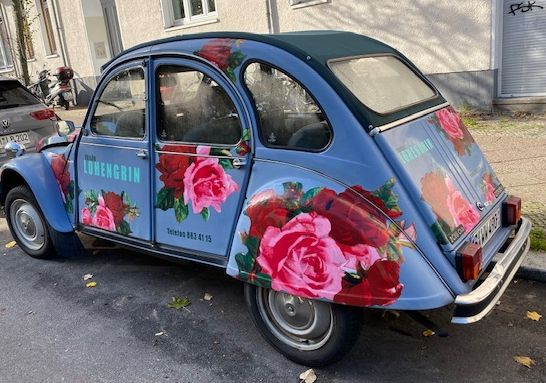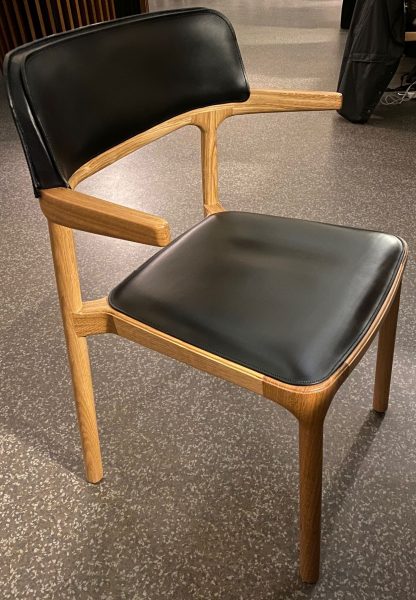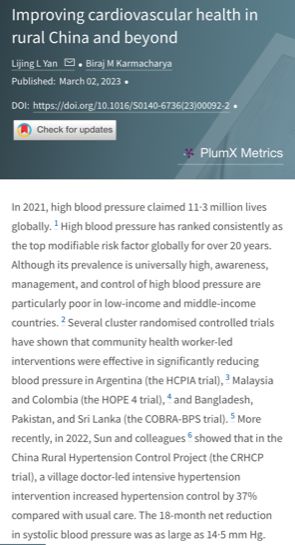We associate with science and fiction the extrapolation of scientific trends into some futuristic settings. The most striking examples of science fiction in novels or video use some scientific findings (dinosaurs, genetic engineering) and project this knowledge into another fictional setting. The usual personal relationships follow rather predictable plots of romance, deception, violence or war.
The novel “Wellness” (Hill 2024) is also a kind of science fiction as it is based on social science evidence and builds its fictional plot firmly embedded into the social and psychological research. The attachment of references (and defending the print of those in translation) underlines the commitment to write a new type of “social science fiction”.
In this innovative style the scientific basis of psychology and sociology is then extrapolated into a fictional arrangement. Research on subjective well-being with the U-shaped form over the life course and the extrapolation of the placebo effect, which is instrumentalized for a business, derive from key topics in the social sciences. In fact, the novel and the background scientific literature in the bibliography could well figure in a social science course at university entry level. These readings constitute a 360-degree-view on personal development and social structures. Of course, social sciences move on and add new evidence on an almost daily basis, but the selection and arrangement of the characters create an innovative social science fiction, without some unrealistic technological extrapolation.
It strangely feels like we are already part of this social science fiction (compare “Klara and the sun” by Ishiguro) as politicians advocate and campaign with placebo topics in elections and project us into some more happy past or future.
The social science fiction of Nathan Hill resembles for me the great utopian novel by George Orwell “1984” published in 1948. A title “2032” instead of “Wellness” could have worked quite well, as the first edition of Nathan Hill’s social science fiction was published already in 2023. (Image: Extract of: Lo Spagnolo, 1665-1747, Hecuba makes Polymnestor blind, MRBAB).

Olympics for All
The Paris 2024 Olympic Games and the Paralympic Games have demonstrated the extraordinary competence, professionalism and competitiveness of all athletes. The television spectators and live participants in the events have been involved to a great deal.
After all this hype around sports let us consider the probability of getting involved in physical activities and sports. Additionally, it is of interest, whether people are encouraged to continue sports, maybe at higher ages as well through these sports events like Olympia.
High level athletes are most likely to continue their sports activities. In many countries the extraordinary athletes of the Paralympics faced tough challenges to pursue their sport interests and passion.
However, the public health challenge is the big unresolved issue of how to best raise an awareness for the pleasures and benefits of sport for the masses. (bibliography by BNF “Santé et activité physique). It is not only a matter of suitable infrastructure, but also the question of sports in your neighbourhood. This issue has implications for urban and rural communities and how they organize the practice of sports in an inclusive way. Each step may be a stepping stone into sports for all ages and pathologies.
The pleasure and benefit to walk or something simple as walking to or walking after work, are part of the solution to many public health issues.
The visitors of the Paris Olympics walked a lot.
This fun experience in an enthusiastic city will encourage many to continue the simple exercise without thinking about exercise. This will do the trick. Just do it, without thinking to much about it.

Greening Brussels
We tend to believe that inner cities have lost the fight against traffic jams and climate change. However, the number of projects that stem the tide is growing and some have gained visibility beyond their immediate neighborhood. This is the case of an urban planning project in Brussels that has taken back space from urban traffic to the citizens living there. Planting new trees and a gardening space reserved for flowers changed the street into a pleasant environment where people meet and greet again rather than hold their breath and disappear as quickly as possible. Parking of cars has been reduced on the street and instead bicycle parking has become a hint towards more sustainable mobility in inner cities. Walking the city, staying and shopping nearby will allow behavioral change for healthier lifestyles. It needs a lot of persuasion to accomplish this impact and years of reaching majorities for such projects and the ability to raise sufficient resources to implement them. The additional challenge is the need to take care of the green spaces that only works with the support of neighborhoods assisting in the care and protection of the urban lungs. As the awareness to act against inner city heat and pollution increases the number of persons willing to act and devote resources as well as time for such projects increases as well. It is a long way to improve inner city health again, but these signs of exemplary projects will convince many other people that urban renewal can work to the benefit of people.

Healthy Brain
We’ve got only one brain. Hence, we better take good care of it. There is only a small community in Wales that has got more than one brain, they have got brains. For all others we should like to know what we can do to keep our brain healthy for as long as possible. Scientists try their best to find out for decades. The state of the art is well documented in a study published in The Lancet which followed 64 so-called superagers in the study and 55 in the control group. These superagers are 80 years old persons that have annual brain fitness tests and brain scans (MRIs) that show their brain has a functionality of a person 20+ years younger. Anxiety scores and depression levels seem to be major explanatory factors for reduced grey matter and decline in functionality of the brain in aging. Fewer glucose disorders and hypertension contribute to successful aging of the brain. An active lifestyle and any form of practicing music make you also more likely to be in the group of superagers. Motor control, balance and speed are important to take into account additionally. A good solution to successful aging is “singing in the rain” I would say. In terms of prevention of “brain loss” it seems important to highlight both the pure brain functionality and the importance of exercise to keep sufficient motor control. Get up and walk! That is the answer. Yes. Again. Trying to do it fast is a good way to preserve not only your body but also your brain. 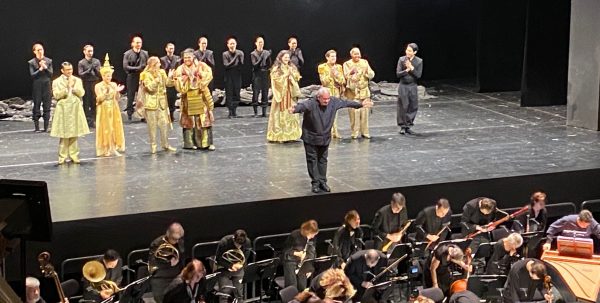
Walk after Work
Walking after work is a kind of medicine. Blood pressure calms down about 30 minutes after the walk. Light exposure contributes to higher melatonin levels, which lets us sleep better. Oxygene and humidity purify the office and street dust we inhale during the day. It is largely free of charge for everybody and just needs some appropriate clothing. A rainbow is nice to admire, but it does come with some rain somewhere between the sun, you and the rainbow. The oak trees are admirable kind of trees. In spring they appear like sculptures with numerous branches out of branches. The big one on the photo below has a diameter of 125 cm, pretty senior to the others around. A flowery finish complements the walk after work in spring. As variant of the folk saying, I would suggest: Visiting your favourite tree every day keeps the doctor away. Of course I like my doctor, too.
Pressure
Pressure or stress, in most humans, contributes to higher blood pressure. Sources for pressure are manifold and that is the basic problem. As it is hard to identify the major sources of high blood pressure, we often use a summary term “life style” in order to avoid shaming particular substances, (tabaco, red meat, alcohol to name just a few). Among life style elements is the daily rush to work and back home or bringing children to school and home again. Work itself is a major contributor as well. Leisure activities are not free of pressure in order to perform at a person’s best. As in many health topics, the balance does the trick. This is common knowledge beyond the Asian world as in their health philosophy of Yin and Yang. The Western world is proud to have the best and highest availability of medical treatment and hospitals for their populations, accepting some inequality in access nevertheless. For countries with less means for curative practices they have no choice and have to focus on preventive strategies (Lancet Study Link). Rural China, therefore, is a good case to study access and willingness to apply western medical type treatment of high blood pressure is too expensive and just not available in sufficient numbers. The good news is, with a preventive programme based on nurses rather than medical doctors the prevention of high blood pressure works reasonably well. Community health workers are therefore a cost-effective alternative in reducing blood pressure. Sitting is the new smoking, and driving around in a car rather than walking or cycling are health risks, even if the car or the chair is a very nice one.


